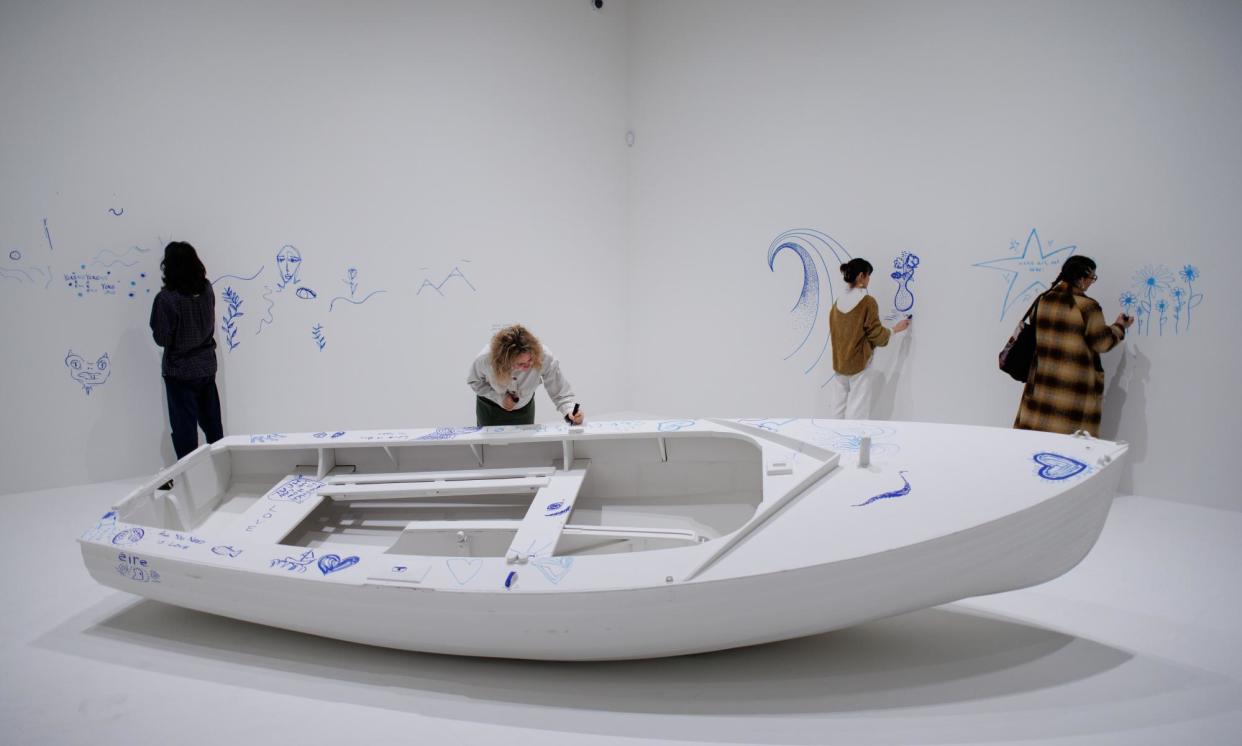Let’s tell the story of art without men

If the art world is so “vast and varied”, as the subheading on your article says (Art unlocked, 13 April), why were 10 male artists and only three women artists featured? Why, yet again, are we being asked to consider masterworks, “old and new”, which reflect a not-so-varied, male-dominated canon?
It’s 2024, Katy Hessel has written The Story of Art Without Men (to prove female artists have always existed – not just in contemporary times) and in the UK, the Women in Revolt! exhibition has just finished at Tate Britain; Yoko Ono’s retrospective is on show at Tate Modern; Monica Sjöö was recently celebrated at Modern Art Oxford, and Shirley Craven’s textile exhibition has opened at Manchester’s Whitworth gallery. So there is some hope that we are, in the words of Phoebe Hoban, “finally infiltrating”.
As a university art educator, I always use a wide range of classic and contemporary artists who reflect back the diverse world in which we live to ensure the trainee-teacher students go on to equally reflect back the same in their own classrooms. They leave university ready to challenge and disrupt a curriculum historically dominated by the white, dead, male, Eurocentric artist. Please, for the sake of artists everywhere, young and old, help to disrupt a male-default setting, and reconsider the artists you include next time.
Dr Suzy Tutchell
Associate professor in art education, University of Reading
• Reading your article on tears in art (‘It’s a queered up history of art’: the provocateur turning Gaga and Kardashian into weeping saints, 16 April), I took up Francesco Vezzoli’s challenge. In one minute of Googling I found Rogier van der Weyden’s Descent from the Cross, where several of the figures have tears on their faces. And there are so many more.
Caroline Higgitt
Edinburgh
• Do you have a photograph you’d like to share with Guardian readers? If so, please click here to upload it. A selection will be published in our Readers’ best photographs galleries and in the print edition on Saturdays.


